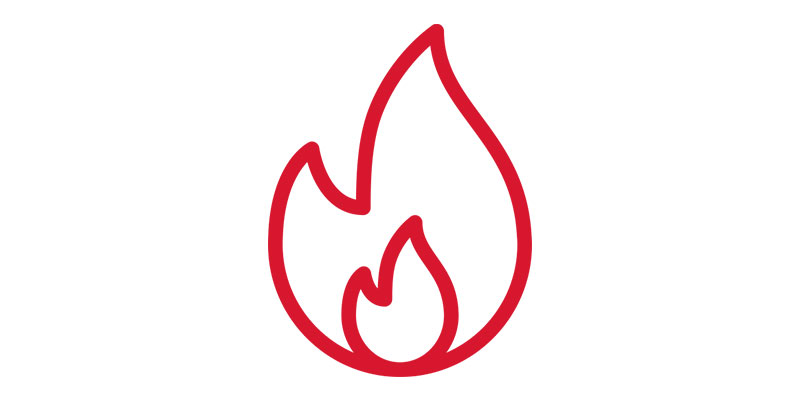Sydney businesses must ensure that they are protected from fires. This is not only to ensure compliance with law, but also to protect their employees, clients, as well as their property. A fire can cause devastating losses in minutes, but many of these risks can be minimized or avoided with the proper safety measures implemented. Regular inspections of fire hazards, regular tests of electrical systems and the compliance with CFSP standards all help to ensure that the environment is safe.
Why fire inspections are the cornerstone of safety
The first line of defense are fire inspections. Inspections are conducted to ensure that all elements of the fire protection system are in good working order and up-to-date. In Sydney, businesses must conduct inspections at least every six months or once a year, in accordance with the building’s type and local council regulations. Inspections may cover everything from sprinklers to fire alarm systems, to smoke detectors, fire hydrants and extinguishers.

Inspections are important since they can reveal hidden problems before they become hazardous. In an emergency, a small flaw in a smoke detector, or an unreliable fire hydrant could appear insignificant. Businesses that regularly check their fire hydrants are ensuring they meet their legal obligations, and taking precautions against unexpected disasters.
The hidden electrical risk are addressed through testing and tagging
Electrical systems are the most frequent source of fires in the workplace. That’s why testing and labeling should be part of any plan for fire safety. This includes checking electrical devices for safety, to ensure they’re reliable, safe, and secure. After that, a visible tag is fixed to the equipment, indicating that it has passed the test. This is not a standard requirement for many firms. It’s also a method of safeguarding from hidden risks.
If unchecked outdated wiring, faulty appliances, or worn out cables could become a fire risk. Businesses can reduce the risk of fires by regularly testing and marking electrical equipment. Additionally, it helps employees feel confident that their working environment is safe, building trust and confidence within the workplace. When combined with tests, fire inspections and tagging provides a complete security plan to reduce risk on many fronts.
The purpose of CFSP is to ensure compliance and certification
In New South Wales, only the Competent Fire Safety Practitioner (CFSP) is authorized to certify and sign critical fire safety documents such as Annual Fire Safety Statements. Introduction of CFSP certification has improved fire safety standards, as it ensures only certified professionals are able to assess and verify security. For business owners, working with the CFSP implies that reports and inspections aren’t just a routine document but reliable evaluations carried out by experts.
The role of a CFSP extends far beyond ticking boxes. These experts evaluate the performance and state of fire protection systems and present comprehensive report. They also make sure that the system is in conformity with the requirements of the regulatory authorities. Companies without CFSP certification could be at risk of being penalized, having legal issues and even closure if their fire safety measures are found to be inadequate. Working with certified professionals will ensure that the fire safety systems are in place correctly and that compliance obligations are met without unnecessary stress.
The Fire Safety Act: A Lifelong commitment
Fire safety isn’t something that is only an ongoing responsibility for each business owner. Regular inspections and testing of electrical systems, and a valid certification under CFSP supervision create a cycle of safety that doesn’t stop. Beyond compliance with law the continuous approach creates a culture of safety within the workplace. Employees feel secure knowing that clear evacuation procedures are in place, smoke alarms are functional and tested for emergency lighting and fire suppression systems are fully functional.
Making fire safety an ongoing process, rather than a yearly checkbox not only reduces risks but also strengthens the company’s image. When a business’s culture is one that emphasizes security, clients and customers will be more comfortable. Long term, investing preemptively to prevent fires saves the company money by preventing expensive damage, fines and legal battles.
Conclusion
Sydney fire safety demands a multi-layered approach that includes fire inspections and testing tags and certifications by a CFSP. Each of these elements is crucial to making sure that businesses adhere to the laws, and more importantly, that individuals and their property are safe. When safety is a regular aspect of the business rather than as a secondary consideration, businesses will are not only able to meet their legal obligations but provide a safer and resilient environment for the future.